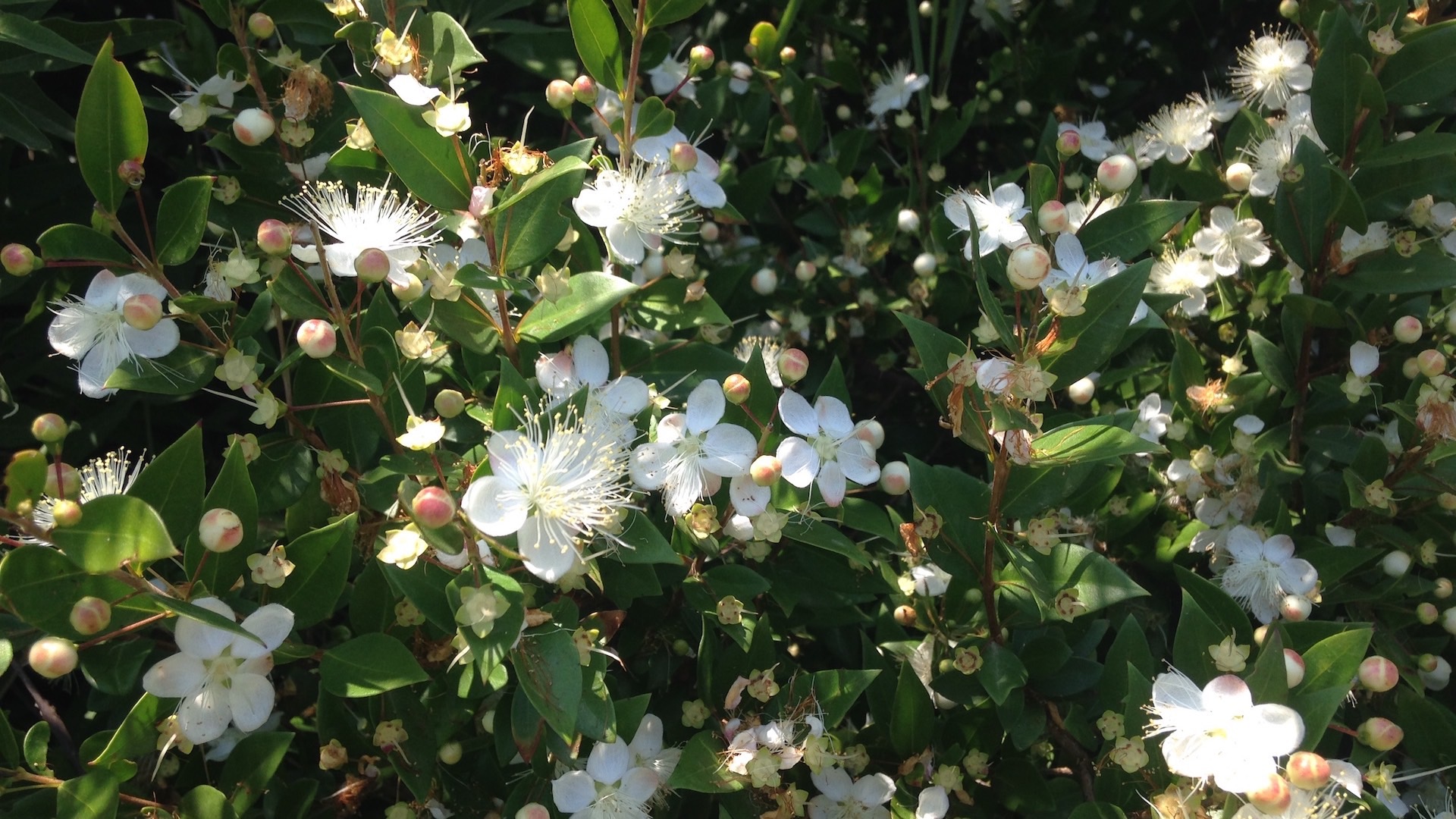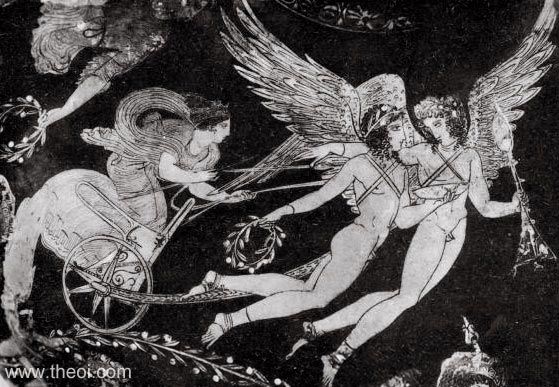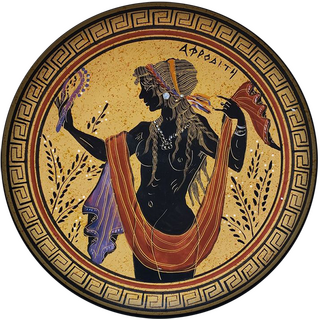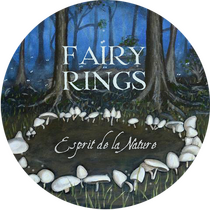Celestial Grove- Esprit de la Nature
Celestial Grove - Neri-koh
A scent-scape incense from the ancient Mediterranean Groves
Scent Notes: Fruity and Honeyed, Precious woods accompanied by gentle green and resinous notes
Ingredients: Atlas Cedar wood, Myrtle wood, Myrtle leaves, Musk Root, Terebinth resin, Black Mastic resin, Blue-Green Frankincense Occulta resin, a pinch of Labdanum and Storax resins, extracts of Atlas Cedar wood and Myrtle leaves, Ambergris bound with organic Honey

Before there were temple walls there were sacred groves. The ancient groves were believed to be the boundary between the mortal and divine worlds. The cedar groves were one of the first gathering places. Later, the trees' fragrant wood was used in man-made temples located in the ancient Mediterranean world and throughout the Middle East to India. Lesser known are the Myrtle groves and the important use of Myrtle in the ancient world. Myrtle has a lovely soft aroma: green, balsamic with hints of cardamon and camphor. The Zohar, a foundational work in Jewish mysticism, emphasizes the significance of Myrtle's scent. It suggests that smelling Myrtle after Shabbat helps to calm the soul, linking its fragrance to the sustenance of the holy place from which souls emanate. Wherever it grows, Myrtle leaves, flowers, and berries are subtly included in crowns, decorations, and as a ritual plant throughout the ancient world.

Like Cedar, we may assume that Myrtle’s use is prehistoric. She is found in the oldest written story on Earth, The Epic of Gilgamesh: «I offered incense in front of the Mountain-Ziggurat. Seven and seven cult vessels I put in place and (into the fire) underneath (or, into their bowls) I poured calamus, cedar, and myrtle. The gods smelled the savor and collected like flies over a (sheep) sacrifice» (Tablet XI, The Story of the Flood). Considering Myrtle's connection to historical love and fertility goddesses, from Inanna to Venus, it is likely that in prehistory, Myrtle groves were the sites of sacred sexual rituals as souls were invoked into the womb during conception.
Myrtle’s evergreen leaves and fragrant blossoms were seen as symbols of cosmic fertility and the divine flow of life, while her black berries represented the afterlife. When in full bloom Myrtle’s branches are filled with starshaped flowers resembling the Milky Way. As a luminous band across the night sky, the Milky Way has been interpreted in some traditions as the “celestial river” or source of life’s energy. Myrtle, associated with eternal life and renewal, is sometimes linked to this cosmic energy, suggesting that the divine forces symbolized by the Milky Way also inspire growth and rebirth on earth.

Myrtles are easily trimmed into topiaries with a simple, sharp blade. We will never find the biodegradable remains of the first statues carved out of wood or shaped out of living branches. In ancient times, there was still evidence of Myrtle’s use as a living statue. According to the Greek Pausanias, a Greek traveler and geographer of the second century AD, a statue of Aphrodite located in modern-day Turkey was carved into a living Myrtle tree, which he dated back to around 3300 BCE. Myrtle has flexible branches that are easily twined into botanical jewelry such as bracelets, garlands and crowns. After the living Myrtle statues and had fallen to dust, thousands of years later at the Elysian Mysteries, a set of secret Greek religious rites centered on death and rebirth, dedicated to Demeter and Persephone, the priestess leading the procession to the initiation hall carried a staff of Myrtle. Once the procession reached the hall, each of the 3000 initiates was given a crown of Myrtle to wear during the ceremonies. These crowns symbolized renewal, fertility, and a connection to divine rebirth. The fragrance of Myrtle would have saturated the air of the Elysian halls, just as it would have in the Celestial Groves, thousands of years before.

This is an exquisite sacred blend....
This price is for 10 Neri-koh pellets nested in dried myrtle leaves, in a black tin


